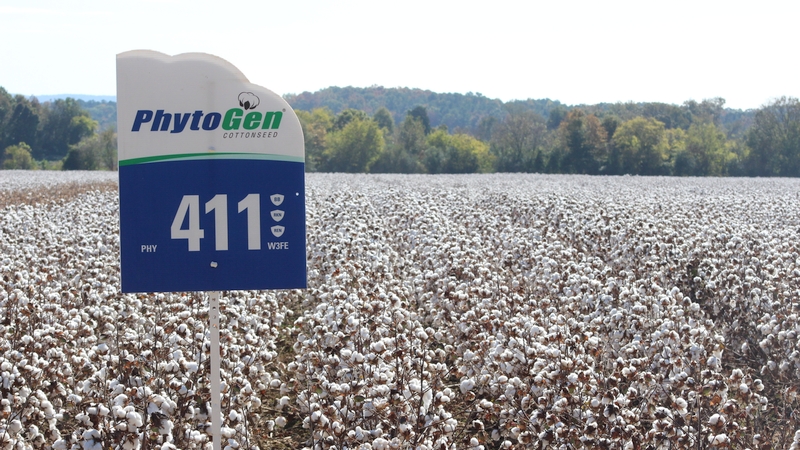Cleveland: Cotton Market Tests ‘Absolute Bottom’
Cotton futures continued to slip this week, unable to hold the 90 cent mark. This has opened the way for the market to test the 85 cent mark; the level that was previously suggested would be an absolute bottom.
Some are suggesting the New York December could slip to 80 cents. Granted, there has not been any positive technical news coming front and center and the market continues to be burdened by the projection for record carryover stocks, coupled with some forecasters’ projections of a continued buildup in stocks in 2013. Should that come about then those calling for the 80 cent low could prove to be correct.
Yet, the notions of improved demand continue to show themselves in a variety of little noticed ways. Increasing employment in the U.S., the drawdown of yarn stocks in China, the very noticeable increase in U.S. export sales, the very significant now four week increase in U.S. shipments, India’s withdrawal from the export market, rising grain and oilseed prices as planting season approaches, and the large imbalance in Chinese stock requirements. Many of these suggest that demand is strengthening of demand, and demand is the big horse that is charged with pulling the price wagon higher.
Planting has begun in South Texas. Much of Texas has rain in the forecast for the coming week. Yet, it looks like a dirty joke for most of the cotton area. The Texas Plains appears to be the only region not in the forecast for moisture. Too, nothing is expected at least early April (the length of time most forecasters are willing to go out to with any predictable accuracy). Consistent with some long range forecasters, the drought that began last year may be the beginning of a 3 to 5 year drought. Without moisture in April, forecasters contend the odds of a long range drought will be enhanced. Yet, it is far too early to write off the vast acreage of the U.S. cotton map. The region typically gets its million dollar rain between the last week of May and first week of June—except last year—and in 1983.
The corn/cotton price ratio and the soybean/cotton price ratio are looming as a considerable threat to cotton acreage. Typically, at this late date, only some 50,000 acres would typically stand to be switched out of cotton in the MidSouth and Southeast, respectively. However, as the price for cotton has declined, both grains and oilseed prices have been on a steady climb. As much as 300,000 acres of cotton plantings may now be at risk of being shifted to competing crops.
The market apparently as it sees its mission as one of removing a sizeable chunk of intended plantings of cotton. Earlier estimated to be as high as 13.6 million acres, and most probably down to 13.0 million just a month ago, U.S. cotton plantings may well fall to 12.7 million acres.
Recall however, that markets represent human emotions and as such either over react or under react to phenomena. This likely drop in U.S. plantings, coupled with a drought in Texas and the improving demand picture would serve to grease a smooth path for a path back to the dollar mark. For now let’s continue to view the market as having solid support at 85 cents and 107 cents at the very-very high side.









